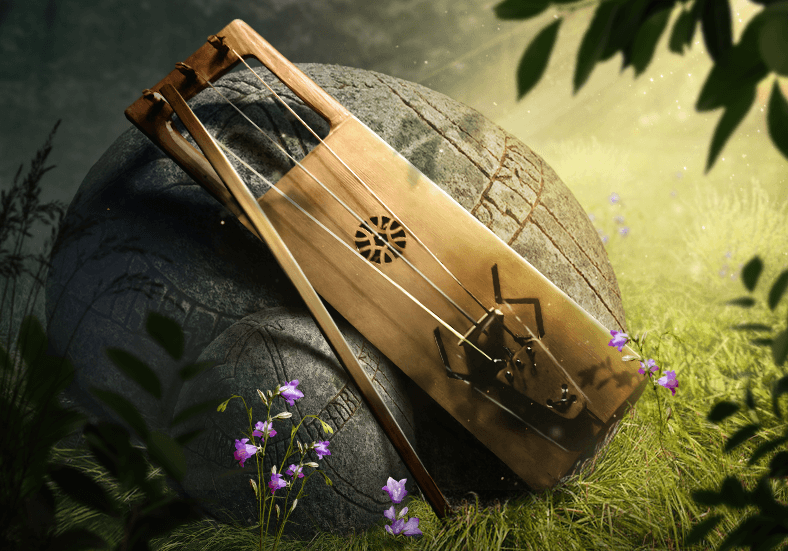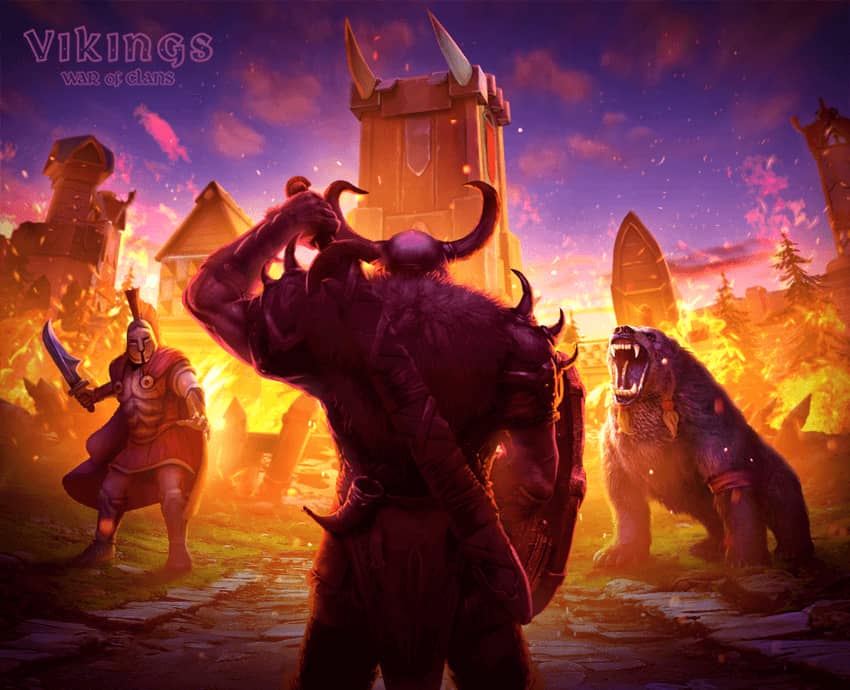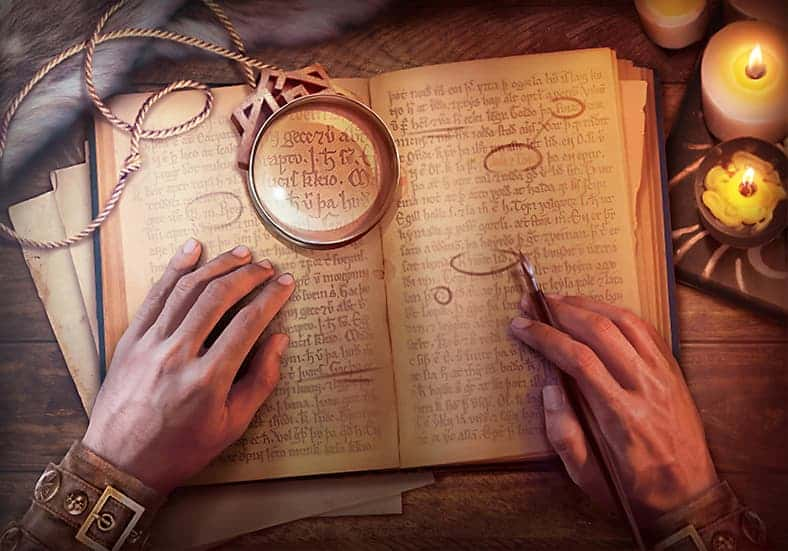In our previous article, we told you about Viking woodwind instruments: the munnharpe, flute, horn, lur, and shawm, what they are made of, and how people play them. This time, we’re going to talk about a Viking string instrument – the talharpa.
The talharpa is perfect for slow melodies. It produces a dry sound that is reminiscent of gray fjords, the icy waters of the North Sea, and the stern faces of the Vikings. Musicians from Scandinavian countries still use this bowed lyre to this very day.

The talharpa is sometimes called the tagelharpa. There is no consensus regarding which name is more correct. Ethnographer Karl Russwurm believed that the name derived either from the Swedish word “tall,” meaning “pine,” the material from which the body and the bow are made, or from the Swedish word “tâgel,” meaning “horsehair,” from which people wove the instrument’s strings and which they attached to the bow. Musicologist Otto Anderson asserted that only the second of these options was correct.
Playing an instrument like the talharpa required skill and experience: horsehair easily gets wet, freezes, wears out, and tears. Nowadays, instead of strings made of hair, metal ones are used, but the body of the talharpa remains the same and is still made from wood. It is chiseled from birch, spruce, or pine.
The Finnish “relative” of the talharpa is the jouhikko. It is more oblong and has two strings and a smaller hand hole. When playing the talharpa, a musician can easily put their whole hand into the cutout in the instrument. With the jouhikko, however, they can only fit their fingers in.

How to play the talharpa
Before playing the talharpa, you need to lubricate the hair on the bow so that it doesn’t slip on the string and the sound is correct. In the Viking age, people did this using natural resin. Nowadays, however, rosin is used.
Also, you need to adjust the strings. If you are learning to play a three-string talharpa, you should use an ADE tuning, while for the four-string version, the tuning GDGD should be used.
You play the talharpa in a sitting position by placing it sideways on the knees or at an angle between the legs. The most important thing is to ensure that you are making minimal effort to hold the instrument, because, while you are playing, the left hand is occupied with the strings, and the right hand controls the bow.
You should move the bow smoothly, in a relaxed manner, parallel to the bridge of the instrument. It is important to adjust to the length of the bow and make sure that the musical phrasing falls within the rhythm of the melody. With your little finger, you can control the tension of the hair on the bow and make the sound brighter or more muffled.
In the next article, we’ll be talking about Viking plucked lyres.


